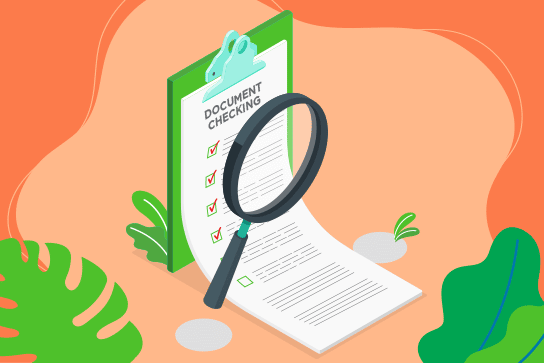LISTEN AUDIO
Last Updated on December 17, 2023 by Ozlinks Education
Subject: Prepare appetisers and salads
This unit* describes the performance outcomes, skills and knowledge required to prepare appetisers and salads following standard recipes. It requires the ability to select and prepare ingredients, and to use relevant equipment and cookery and food storage methods.
The unit applies to cooks working in hospitality and catering organisations. This could include restaurants, educational institutions, health establishments, defence forces, cafeterias, kiosks, cafes, residential caterers, in flight and other transport caterers, and event and function caterers.
It applies to individuals who work with very little independence and under close supervision and guidance of more senior chefs. They follow predefined organisational procedures and report discrepancies to a higher-level staff member for action.
Elements and Performance Criteria.
Elements describe the essential outcomes. Performance criteria describe the performance needed to demonstrate achievement of the element.
1. Select ingredients.
1.1 Confirm food production requirements from food preparation list and standard recipes.
1.2 Calculate ingredient amounts according to requirements.
1.3 Identify and select appetiser and salad ingredients from stores according to recipe, quality, freshness, and stock rotation requirements.
1.4 Check perishable supplies for spoilage or contamination prior to preparation.
2. Select, prepare and use equipment.
2.1 Select type and size of equipment suitable to requirements.
2.2 Safely assemble and ensure cleanliness of equipment before use.
2.3 Use equipment safely and hygienically according to manufacturer instructions.
3. Portion and prepare ingredients.
3.1 Sort and assemble ingredients according to food production sequencing.
3.2 Weigh and measure ingredients and create portions according to recipe.
3.3 Clean and cut salad ingredients using basic culinary cuts according to quality standards.
3.4 Minimise waste to maximise profitability of food items prepared.
4. Prepare appetisers and salads.
4.1 Select and use relevant cookery methods for salads and appetisers.
4.2 Prepare sauces and dressings according to recipe.
4.3 Follow standard recipes and make food quality adjustments within scope of responsibility.
5. Present and store appetisers and salads.
5.1 Present dishes on appropriate service-ware.
5.2 Add dips, sauces and garnishes according to standard recipes and regional variations.
5.3 Visually evaluate dish and adjust presentation.
5.4 Store dishes in appropriate environmental conditions.
5.5.Clean work area, and dispose of or store surplus and re-usable by-products according to organisational procedures, environmental considerations, and cost-reduction initiatives.
Assessment Requirements.
Performance Evidence.
Evidence of the ability to complete tasks outlined in elements and performance criteria of this unit in the context of the job role, and:
- follow standard recipes for dishes that demonstrate use of each of the following ingredients:
- bread and bakery items
- condiments
- dairy products
- dressing ingredients
- dry goods
- eggs
- farinaceous products
- frozen goods
- fruit
- herbs and spices
- meat
- poultry
- seafood
- vegetables
- follow standard recipes to prepare the following appetisers and salads:
- appetisers: antipasto, canapés, hors d’oeuvres, tapas
- salads: classical, modern, cold, warm, fruit
- use at least four of the following cookery methods and complete mise en place activities when preparing the above dishes:
- baking
- boiling
- blanching
- frying
- grilling
- poaching
- roasting
- steaming
- prepare the above dishes for at least six different customers:
- within commercial time constraints and deadlines
- reflecting required quantities to be produced
- following procedures for portion control and food safety practices when handling and storing different food types
- responding to special customer requests and dietary requirements.
Knowledge Evidence.
Demonstrated knowledge required to complete the tasks outlined in elements and performance criteria of this unit:
- culinary terms and trade names for ingredients commonly used in the production of different appetisers and salads
- contents of stock date codes and rotation labels and their implication for food quality standards
- characteristics of different appetisers and salads:
- appearance and presentation
- classical and contemporary variations
- freshness and other quality indicators
- nutritional value
- service style
- taste
- texture
- quality indicators for appetisers and salads
- cookery methods for appetisers and salads
- dressings, sauces and garnishes for salads
- mise en place requirements for appetisers and salads
- appropriate environmental conditions for storing appetiser and salad products to:
- ensure food safety
- optimise shelf life
- safe operational practices using essential functions and features of equipment used to produce appetisers and salads.



